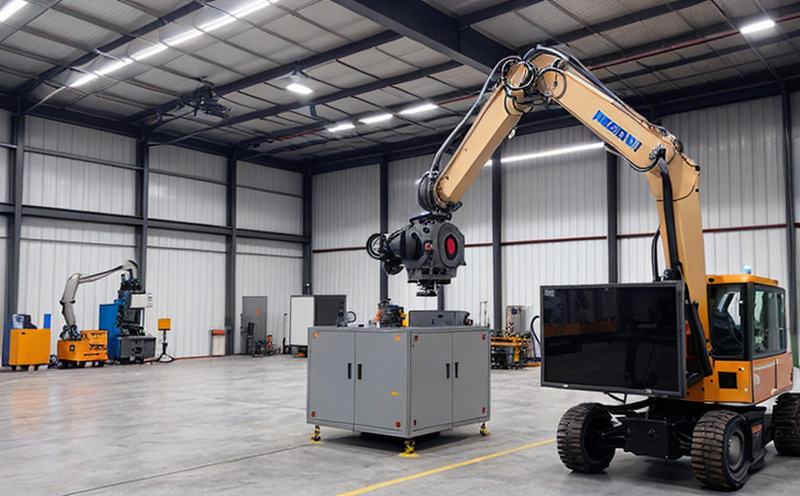ASTM D256 Impact Resistance of Robotic Hardware Materials
The ASTM D256 standard is a critical tool in assessing the impact resistance properties of robotic hardware materials. This test method evaluates how well materials can withstand sudden impacts, which is essential for ensuring robustness and safety in industrial robotics applications.
Robotic systems are subjected to dynamic forces that can vary widely depending on their operational environment. Impact resistance tests help manufacturers and engineers identify suitable materials for various robotic components such as end effectors, joints, and structural frames. By adhering to ASTM D256, labs ensure they are using a standardized approach that is recognized globally.
The test involves subjecting the material specimen to an impact from a falling weight or pendulum hammer of known mass and velocity. The impact energy absorbed by the sample determines its resistance to damage. Specimens must be prepared according to the specified dimensions, ensuring accurate and repeatable results.
ASTM D256 is particularly relevant for materials used in high-stress environments like automotive manufacturing lines where robotic arms perform repetitive tasks. The test helps manufacturers select materials that can withstand unexpected stresses without compromising safety or performance.
The testing process requires precise calibration of equipment and adherence to strict procedures. This ensures the reliability of results, which are crucial for quality assurance in robotics assembly processes. Understanding the nuances of ASTM D256 is vital for any organization looking to ensure their robotic hardware meets stringent industry standards.
Why It Matters
The importance of ASTM D256 impact resistance testing cannot be overstated, especially in the context of industrial and manufacturing robotics. Ensuring that materials can withstand impacts is critical for several reasons:
- Safety Compliance: Robotic systems operate in close proximity to human workers and other equipment. Materials with inadequate impact resistance could lead to accidents or malfunctions, posing significant risks.
- Elongated Product Life: Tests like ASTM D256 help identify materials that can endure the rigors of industrial use, thus extending the lifespan of robotic components.
- Quality Assurance: By adhering to ASTM standards, manufacturers can ensure consistency in material performance across different batches and production runs.
- Regulatory Compliance: Many industries have regulations that require materials used in robotics to meet specific impact resistance criteria. Failure to comply could result in legal repercussions and loss of market access.
In summary, ASTM D256 is not just a technical test but a key component in safeguarding the integrity and reliability of robotic systems across various sectors.
Industry Applications
The ASTM D256 impact resistance test finds application in numerous industries where robotic hardware is used. Here are some key areas:
- Automotive Manufacturing: Ensures that robotic arms and end effectors can withstand the high-stress conditions encountered during assembly processes.
- Electronics Assembly: Tests materials for robustness in environments where precision is paramount, such as semiconductor manufacturing lines.
- Packaging and Warehousing: Evaluates the durability of robotic arms used in sorting and packing operations to handle heavy loads efficiently.
- Pharmaceutical Manufacturing: Guarantees that robotic components are reliable enough for handling sensitive materials without contamination risks.
Use Cases and Application Examples
Here are some practical use cases where ASTM D256 testing is essential:
Automotive Industry: In the automotive sector, robots are used for tasks such as welding and painting. ASTM D256 ensures that the materials used in these robotic systems can withstand the force of the tools during their operation.
Electronics Manufacturing: Robots often handle delicate electronics components. Testing impact resistance helps ensure that the robotic arms are not only precise but also durable enough to avoid damage during assembly processes.
Packaging Industry: Packaging robots must be robust to handle heavy materials and packaging units. ASTM D256 ensures that the hardware can endure these conditions without failure.
Pharmaceutical Sector: Robots in pharmaceutical manufacturing require high precision and reliability. Impact resistance testing helps ensure that the robotic components are safe and reliable, reducing the risk of contamination or equipment malfunction.





